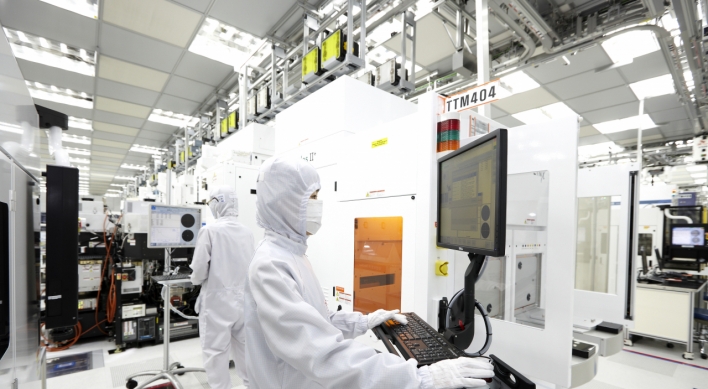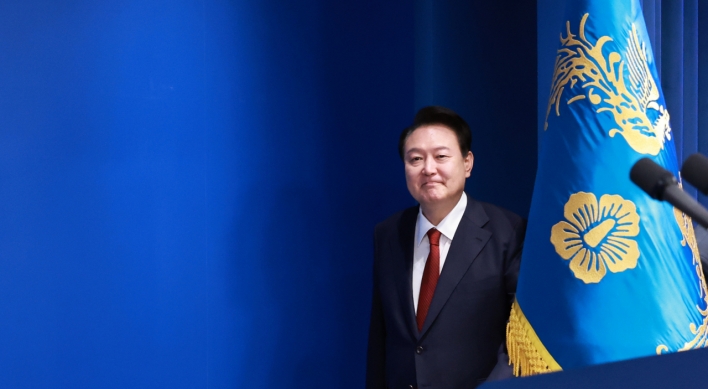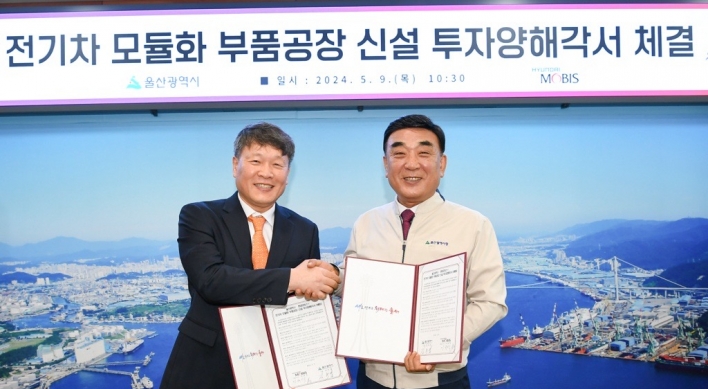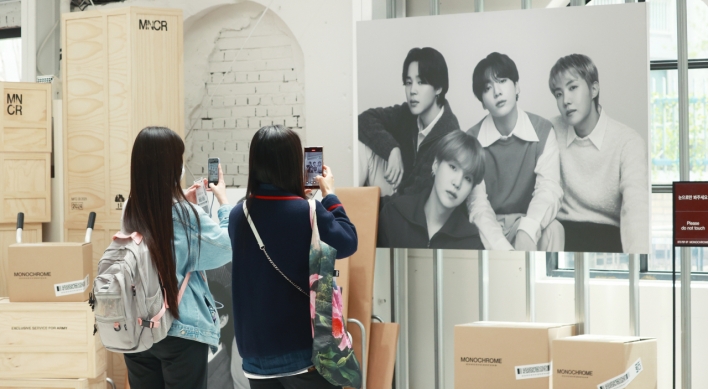Samsung Electronics, the world’s largest memory chipmaker, vowed to take a solid lead in the global memory market with its advanced vertical NAND flash memory technology, based on plans to unveil 36-layer V-NAND flash memory chips next year.
“Samsung will definitely, if we can, enjoy an 80 percent market share,” said Robert Myung Yi, senior vice president of Samsung Electronics’ investor relations team, on Wednesday at Samsung Analyst Day 2013, where the company laid out its mid- and long-term strategies to investors and analysts.
A top executive from Samsung told The Korea Herald that “3-D NAND flash memory stacking 36 layers of memory cells will be mass produced by the latter half of next year.”
Samsung is currently the sole producer of V-NAND flash memory chips with 24 layers of cells.
This level of stacking is deemed sufficient to make the product profitable, according to Samsung.
In terms of V-NAND market share, Yi said the firm would not just pursue higher market share, but also make efforts to secure a high profit margin as well as balance supply between the planar NAND flash memory and V-NAND flash memory. V-NAND chips’ 3-D structure gives them a higher density and capacity than their 2-D rivals.
The Korean electronics giant expects the 3-D NAND market to grow 105 percent every year until 2017, and its market size to exceed that for planar NAND flash chips next year.
Stacking memory cells is a core technological issue for chipmakers, including Samsung’s local rival SK Hynix and U.S. chipmaker Micron Technology.
Despite their technology for the V-NAND, other chipmakers have yet to start mass producing 3-D memory chips due in part to underachievement in cell stacking.
SK Hynix CEO Park Sung-wook said in October that his firm, the world’s second-largest memory chipmaker, would be able to stack as many as 24 layers next year, adding, “We can do as well as Samsung.”
In an earnings conference call later in the month, the firm announced that it would be able to start producing 3-D NAND flash memory either in the second half of next year or in 2015.
Global competitors have also announced they would jump into the race for V-NAND production.
Micron CEO Mark Durcan told tech news outlet CNET in August that his company would start providing samples of 3-D NAND to customers in the first quarter of 2014.
Producers are competing to scale down planar NAND flash memory, still the top product in the chip market.
After the technology proceeded to the 10 nanometer-class chip and beyond, the chipmakers faced more cell-to-cell interference, which risks the reliability of NAND flash memories.
The 3-D NAND could be used for a wide range of equipment and devices including enterprise servers and solid-state drives.
Samsung launched a V-NAND-based enterprise solid-state drive in August.
By Kim Young-won (wone0102@heraldcorp.com)
“Samsung will definitely, if we can, enjoy an 80 percent market share,” said Robert Myung Yi, senior vice president of Samsung Electronics’ investor relations team, on Wednesday at Samsung Analyst Day 2013, where the company laid out its mid- and long-term strategies to investors and analysts.
A top executive from Samsung told The Korea Herald that “3-D NAND flash memory stacking 36 layers of memory cells will be mass produced by the latter half of next year.”
Samsung is currently the sole producer of V-NAND flash memory chips with 24 layers of cells.
This level of stacking is deemed sufficient to make the product profitable, according to Samsung.
In terms of V-NAND market share, Yi said the firm would not just pursue higher market share, but also make efforts to secure a high profit margin as well as balance supply between the planar NAND flash memory and V-NAND flash memory. V-NAND chips’ 3-D structure gives them a higher density and capacity than their 2-D rivals.
The Korean electronics giant expects the 3-D NAND market to grow 105 percent every year until 2017, and its market size to exceed that for planar NAND flash chips next year.
Stacking memory cells is a core technological issue for chipmakers, including Samsung’s local rival SK Hynix and U.S. chipmaker Micron Technology.
Despite their technology for the V-NAND, other chipmakers have yet to start mass producing 3-D memory chips due in part to underachievement in cell stacking.
SK Hynix CEO Park Sung-wook said in October that his firm, the world’s second-largest memory chipmaker, would be able to stack as many as 24 layers next year, adding, “We can do as well as Samsung.”
In an earnings conference call later in the month, the firm announced that it would be able to start producing 3-D NAND flash memory either in the second half of next year or in 2015.
Global competitors have also announced they would jump into the race for V-NAND production.
Micron CEO Mark Durcan told tech news outlet CNET in August that his company would start providing samples of 3-D NAND to customers in the first quarter of 2014.
Producers are competing to scale down planar NAND flash memory, still the top product in the chip market.
After the technology proceeded to the 10 nanometer-class chip and beyond, the chipmakers faced more cell-to-cell interference, which risks the reliability of NAND flash memories.
The 3-D NAND could be used for a wide range of equipment and devices including enterprise servers and solid-state drives.
Samsung launched a V-NAND-based enterprise solid-state drive in August.
By Kim Young-won (wone0102@heraldcorp.com)
-
Articles by Korea Herald




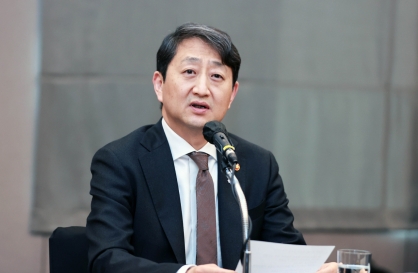

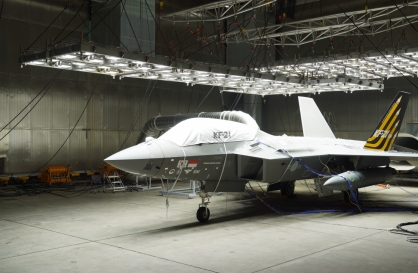
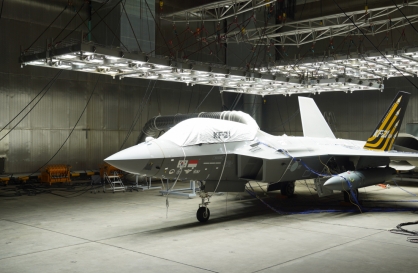

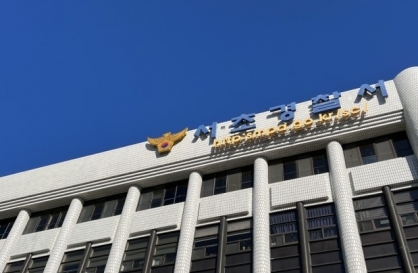

![[K-pop’s dilemma] Time, profit pressures work against originality](http://res.heraldm.com/phpwas/restmb_idxmake.php?idx=644&simg=/content/image/2024/05/08/20240508050705_0.jpg&u=20240508171126)



